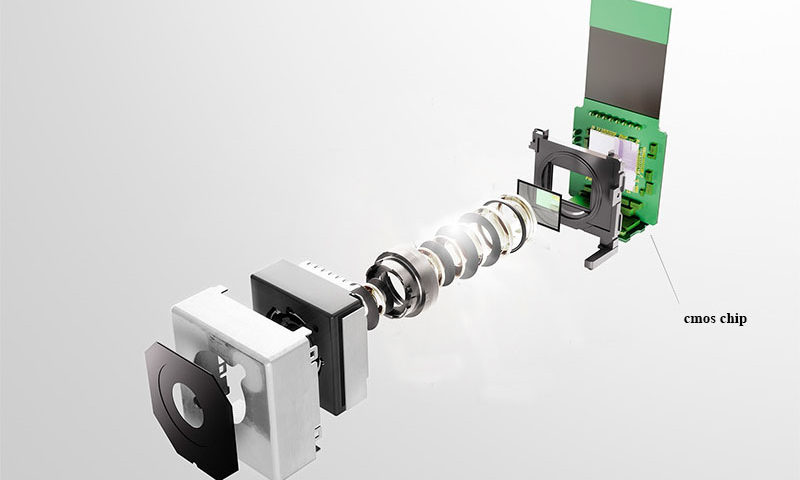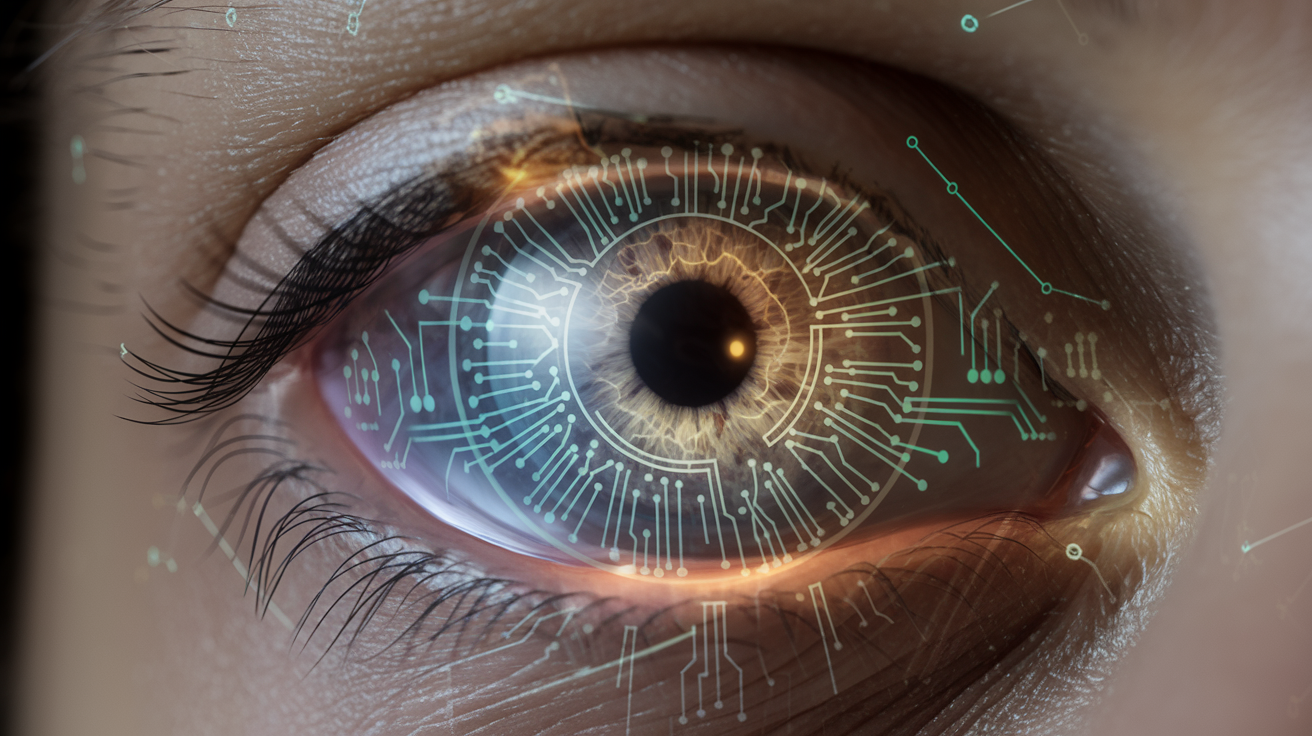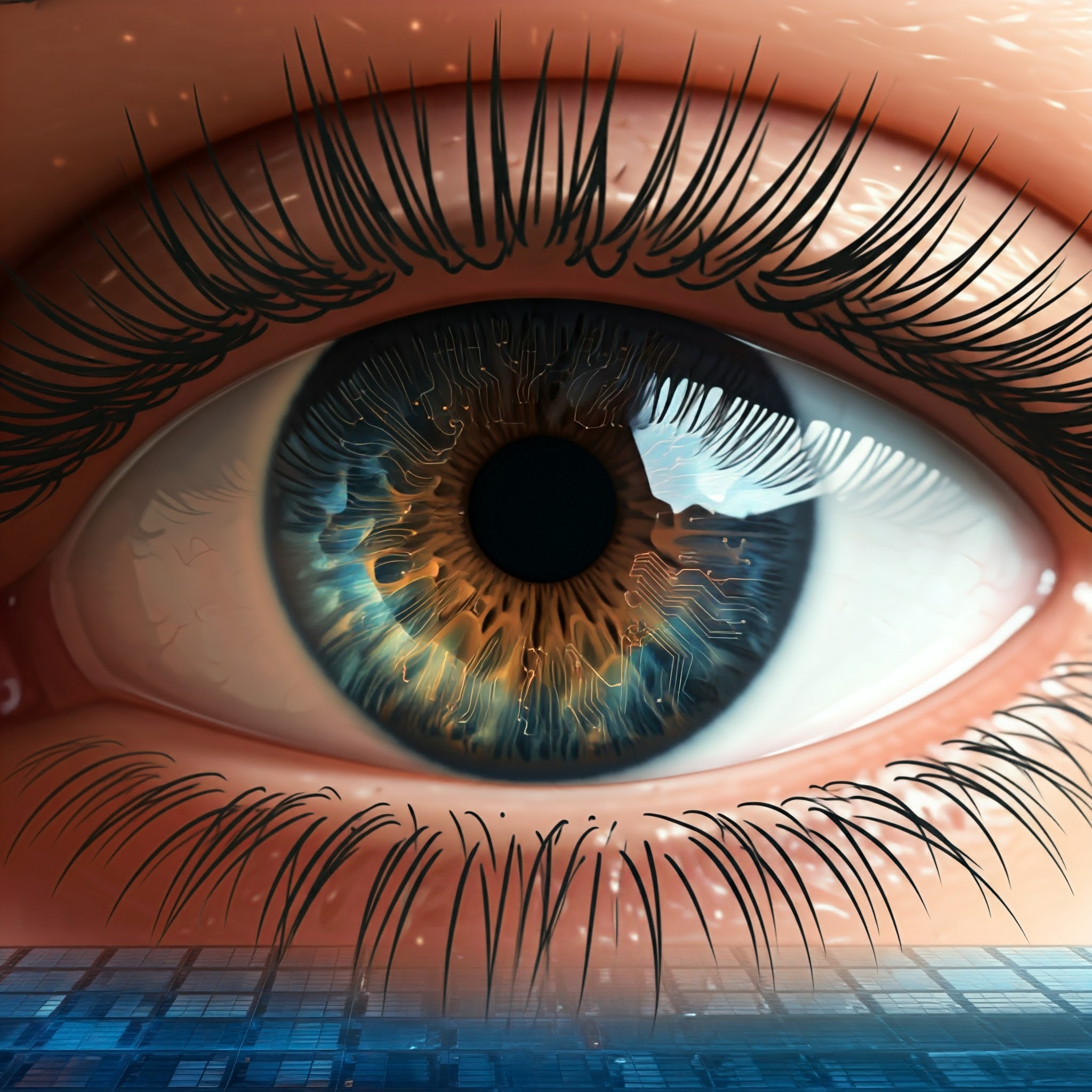The human eye – a window to the soul, they say. But in the world of technology, it’s becoming much more than that. Thanks to advancements in CMOS image sensor technology, eye tracking is no longer relegated to specialized labs and sci-fi movies. It’s rapidly transforming industries, from gaming and education to healthcare and human-computer interaction.
CMOS – The Game Changer:
Traditionally, eye tracking relied on bulky, expensive equipment often using infrared light, making it impractical for everyday applications. That’s where CMOS comes in. These tiny, silicon-based image sensors, found in most smartphones and cameras, are now being miniaturized and optimized for eye tracking.
Research papers like “High-Speed and Low-Latency Eye Tracking Using a Rolling Shutter CMOS Sensor” (IEEE Transactions on Circuits and Systems for Video Technology, 2023) showcase how CMOS technology can achieve real-time gaze estimation with minimal lag. This opens doors for immersive gaming experiences where your eye movements control the action, or for hands-free interfaces that respond to your natural gaze.
Beyond Pointing and Clicking:
Eye-tracking capabilities go far beyond simply replacing your mouse cursor. Imagine classrooms where teachers tailor lessons based on real-time student engagement, or doctors monitoring neurological conditions by analyzing subtle pupil movements. Research like “Machine Learning for Improved Gaze Prediction Accuracy in CMOS-Based Eye Trackers” (ACM Symposium on Eye Tracking in HCI, 2022) explores how machine learning algorithms can refine gaze data, unlocking its potential for medical diagnosis and personalized learning.
The Future is Eye-Opening:
The possibilities are endless. Imagine virtual reality experiences that react to your emotions based on pupil dilation, or advertising campaigns that adjust content based on your subconscious glances. Research in “3D Eye Tracking with a Stacked CMOS Image Sensor” (Optics Letters, 2023) hints at a future where eye tracking adds depth perception, enabling even more nuanced human-computer interaction.
Of course, with any powerful technology comes responsibility. As research in “Ethical Considerations for Eye Tracking Technology” (ACM Transactions on Applied Perception, 2021) points out, ensuring user privacy and preventing misuse is crucial.
The Eye is on the Future:
CMOS innovations are revolutionizing eye tracking, making it accessible, accurate, and affordable. This is just the beginning. As researchers continue to push the boundaries of this technology, we can expect even more groundbreaking applications that will change the way we interact with the world around us. So, keep your eyes peeled – the future is looking bright, and we’re just starting to see it.




